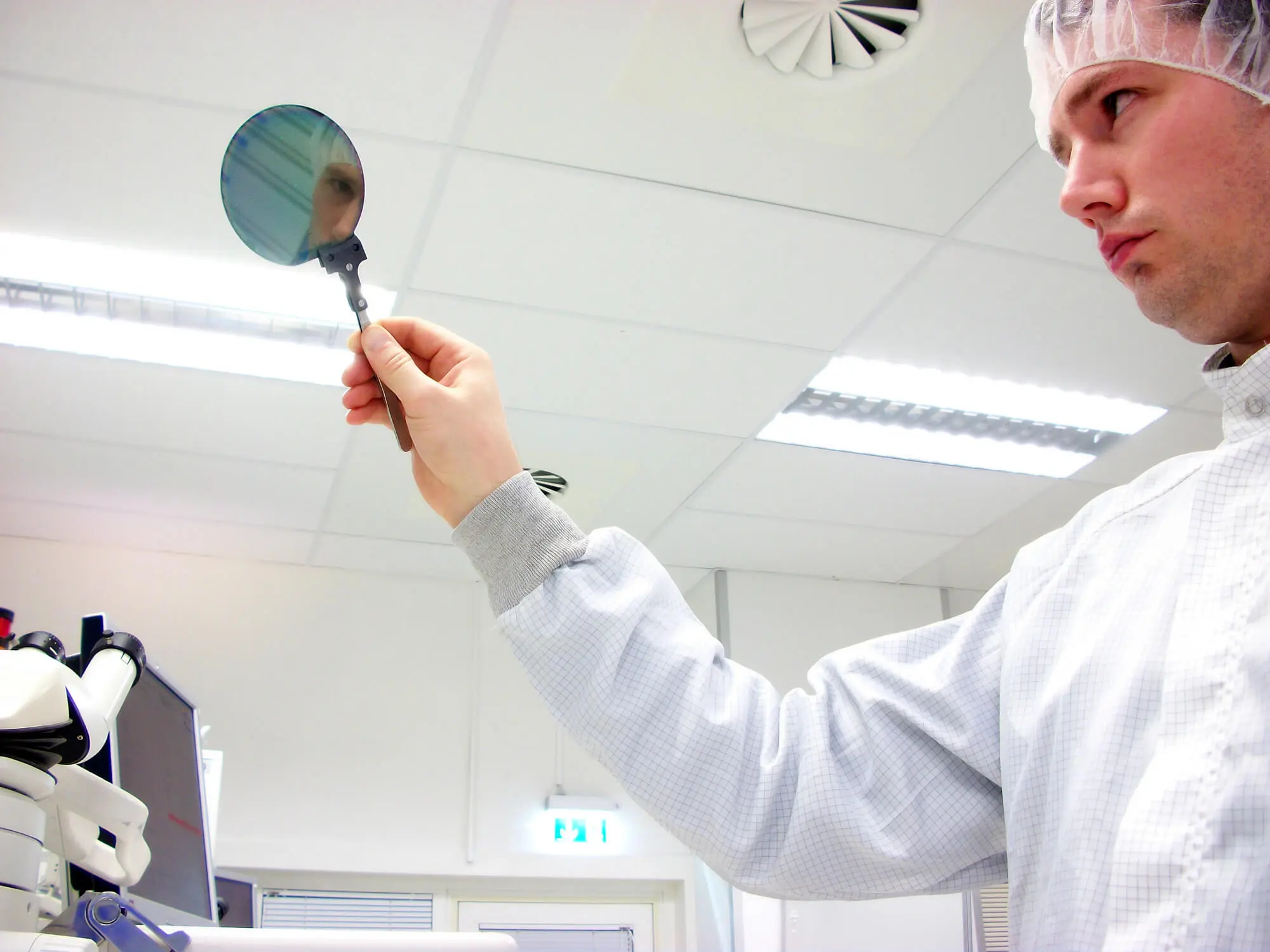Gallium Arsenide (GaAs) is a compound semiconductor crucial in high-speed electronics, optoelectronics, and advanced photonic devices. One of the reasons why a GaAs wafer has become highly popular among electronic devices today is this material’s atomic configuration, which results in exceptional electronic and optical performance.
For engineers and researchers, understanding it in detail is key.

Gallium arsenide consists of gallium (Ga) and arsenic (As) atoms in a 1:1 ratio. With alternating atoms, it crystallizes into the zinc blende (or sphalerite) crystal structure, which resembles the silicon diamond structure.
In this configuration:
The unique atomic arrangement of GaAs gives rise to several critical semiconductor properties, such as:
GaAs has a direct bandgap of roughly 1.42 eV at room temperature, in contrast to silicon's indirect bandgap. Because of this, GaAs can emit and absorb light efficiently, which makes it perfect for:
Due to the lighter effective mass of electrons in GaAs and fewer phonon interactions in the crystal lattice, GaAs offers electron mobility over five times greater than silicon.
For this reason, GaAs wafers are often used in microwave frequency ICs, RF amplifiers, and high-speed digital logic circuits.
GaAs is more resistant to heat and radiation than silicon, largely due to its strong covalent bonding and stable atomic lattice. This makes GaAs a preferred material in space and military-grade electronics, where extreme conditions are common.

The atomic structure of GaAs wafers isn’t just a topic for physicists—it directly impacts how the material performs in real-world devices. From high-speed communications to advanced photonics, the zinc blende lattice, direct bandgap, and high mobility make GaAs a top choice where performance matters most.
This is essential for engineers and developers seeking to harness its full potential in next-generation semiconductor technologies. Do you need a GaAs wafer for your project? Contact Wafer World today!